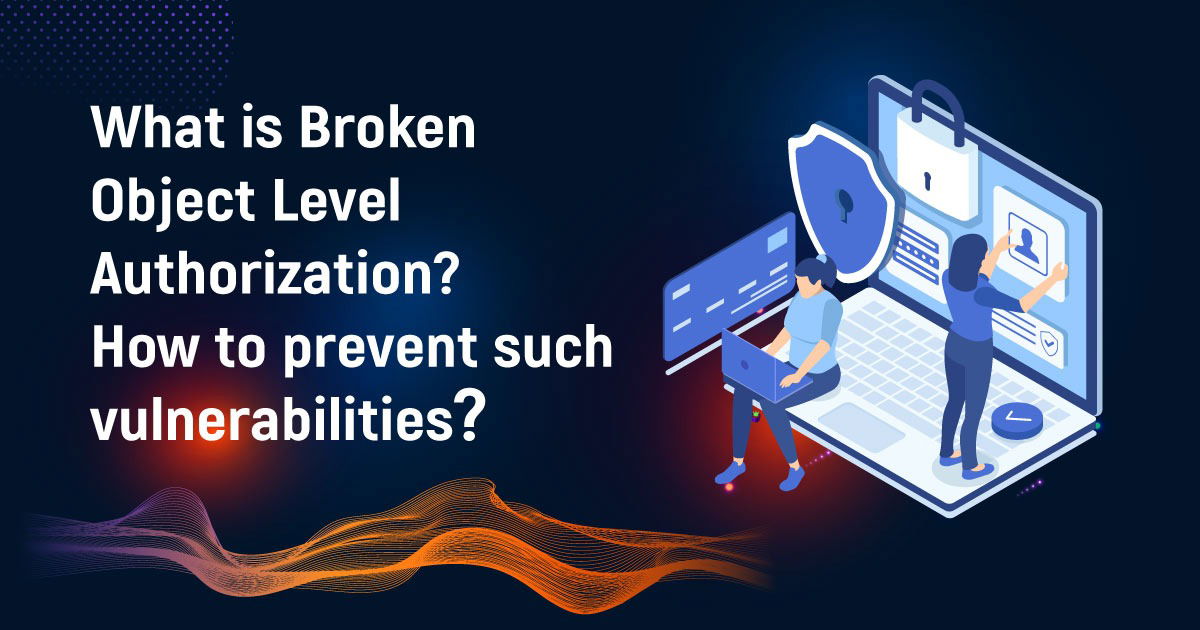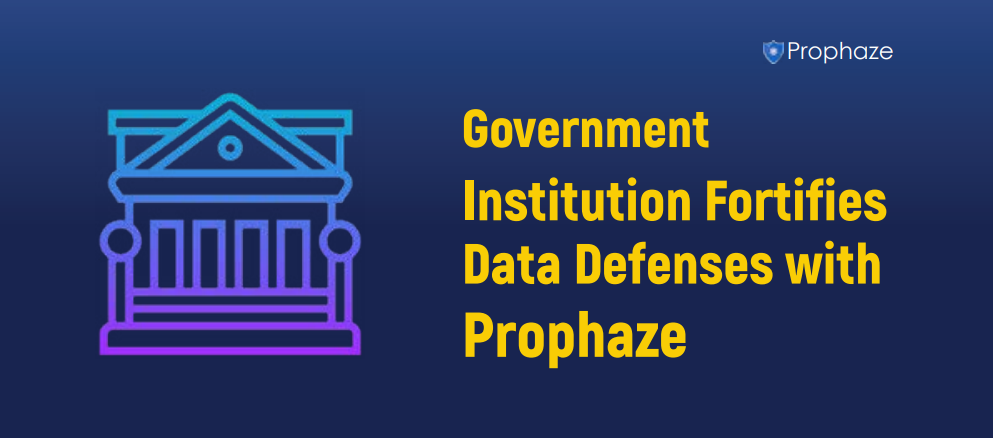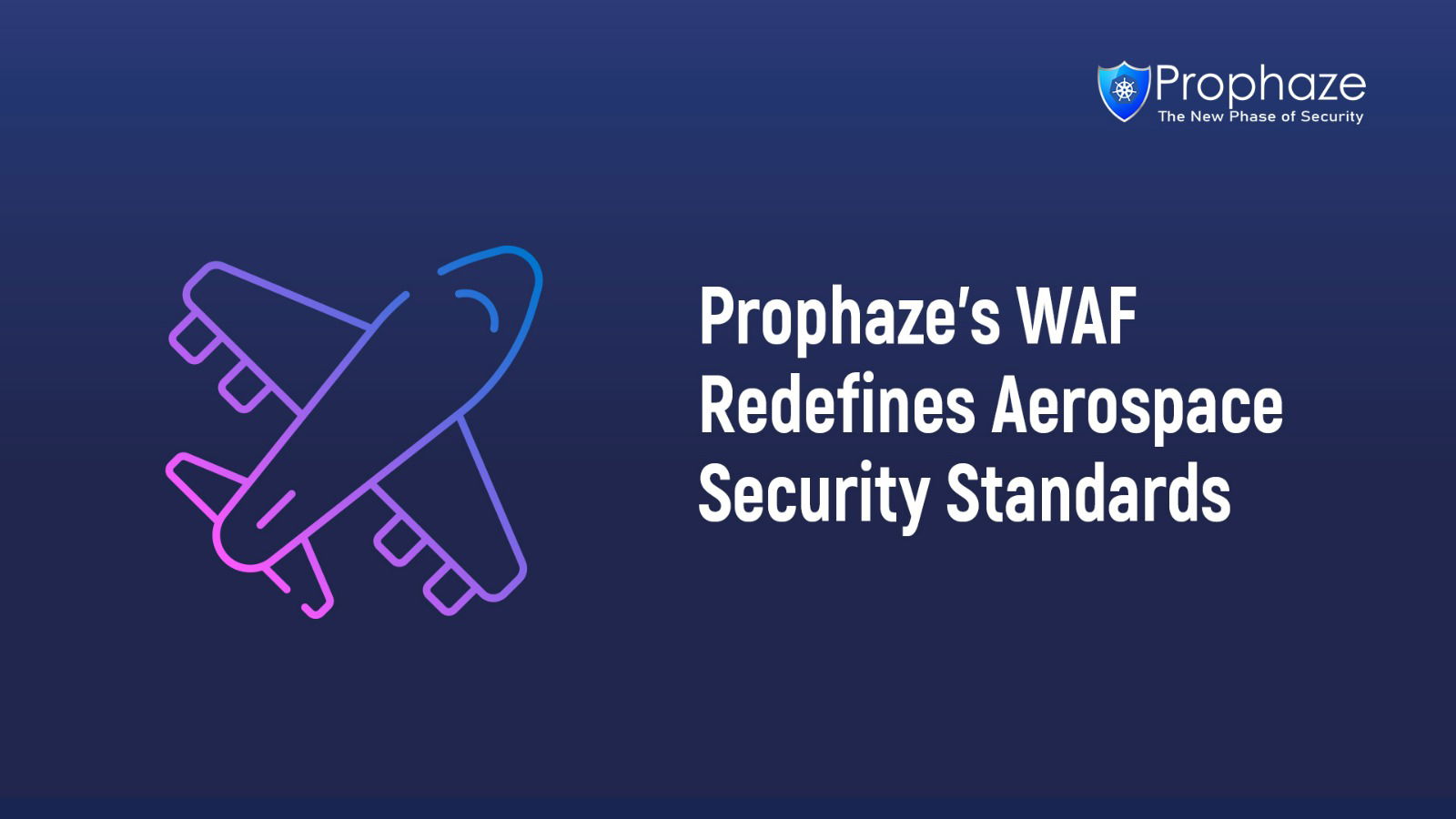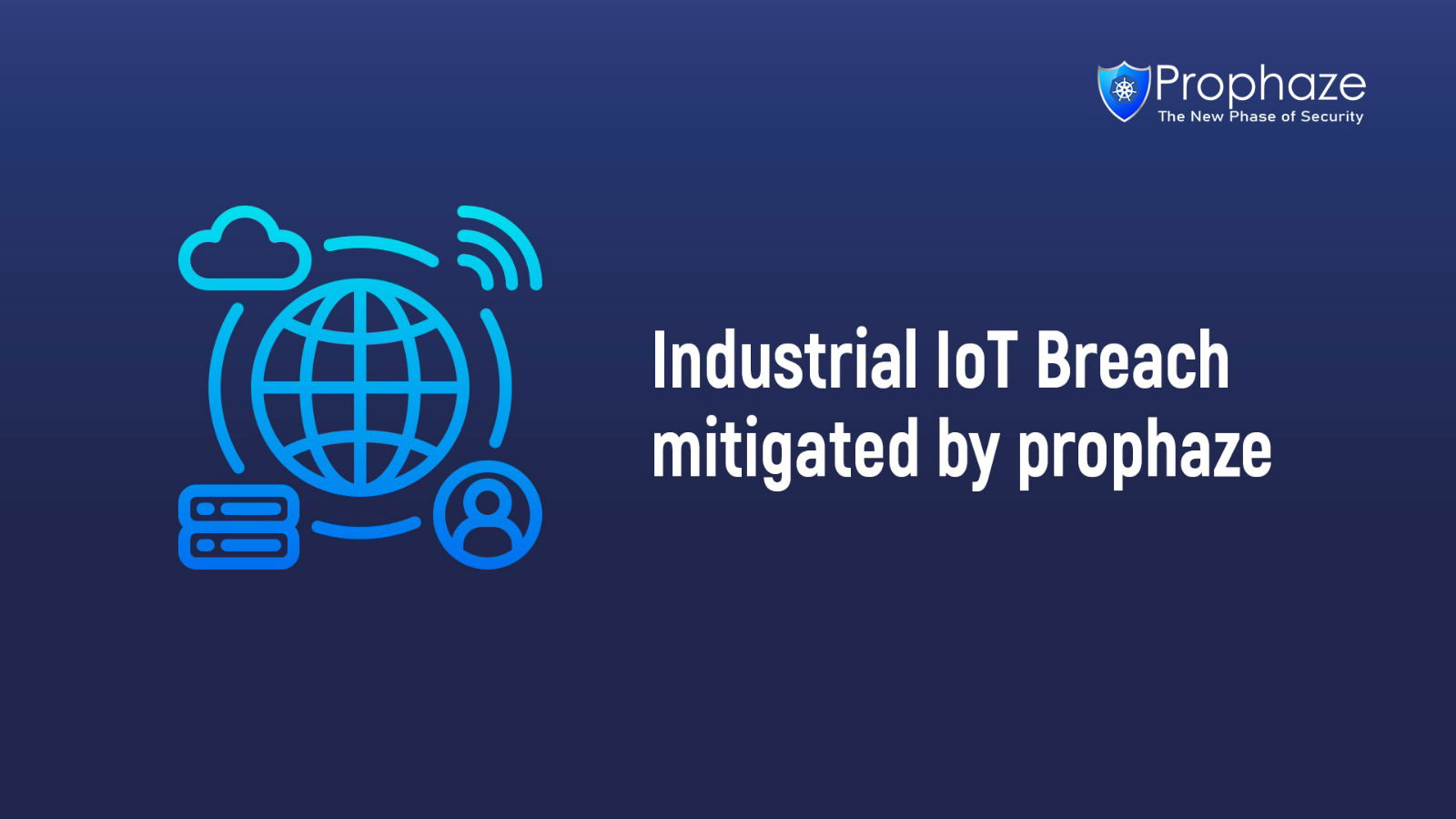Broken Object Level Authorization is a security vulnerability that allows an attacker to access and manipulate data or functionality that they should not have access to. This vulnerability arises when the application does not properly enforce authorization rules at the object level. This can occur due to incorrect implementation of access controls or a lack of proper authorization checks at the object level.
Types of Broken Object Level Authorization
Broken object level authorization can lead to several types of attacks, including:
Data leakage:
An attacker can view sensitive data that they are not authorized to see, such as personal information or financial data.
Data tampering:
An attacker can modify or delete data that they should not have access to, such as changing a user’s account details or modifying financial transactions.
Vertical privilege escalation:
An attacker can gain access to data or functionality that is normally only accessible to a higher privileged user, such as an administrator.
Importance of Preventing Broken Object Level Authorization
Preventing Broken object level authorization is crucial for maintaining the security and integrity of an application. If left unaddressed, this vulnerability can lead to data breaches, financial losses, and damage to an organization’s reputation. It is important to implement proper authorization controls at the object level to ensure that only authorized users can access the data or functionality they need, and to regularly test the application for vulnerabilities.
How to prevent such vulnerabilities?

There are several measures that can be taken to prevent Broken object level authorization, including:
Properly implementing access controls:
Access controls should be implemented at the object level and should be enforced at every access point to ensure that only authorized users can access the object.
Role-based access controls:
Role-based access controls should be implemented to ensure that users are only granted access to the objects that they need to perform their tasks.
Properly validating user input:
User input should be validated to ensure that it does not contain malicious code that can be used to exploit Broken object level authorization vulnerabilities.
Regularly testing the application:
The application should be regularly tested for Broken object level authorization vulnerabilities using tools such as vulnerability scanners or penetration testing.
Conclusion
Broken object level authorization is a serious security vulnerability that can lead to data breaches and other security incidents. It is important to properly implement access controls, use role-based access controls, validate user input, and regularly test the application to prevent this vulnerability. By taking these measures, organizations can protect their data and ensure the security and integrity of their applications.












